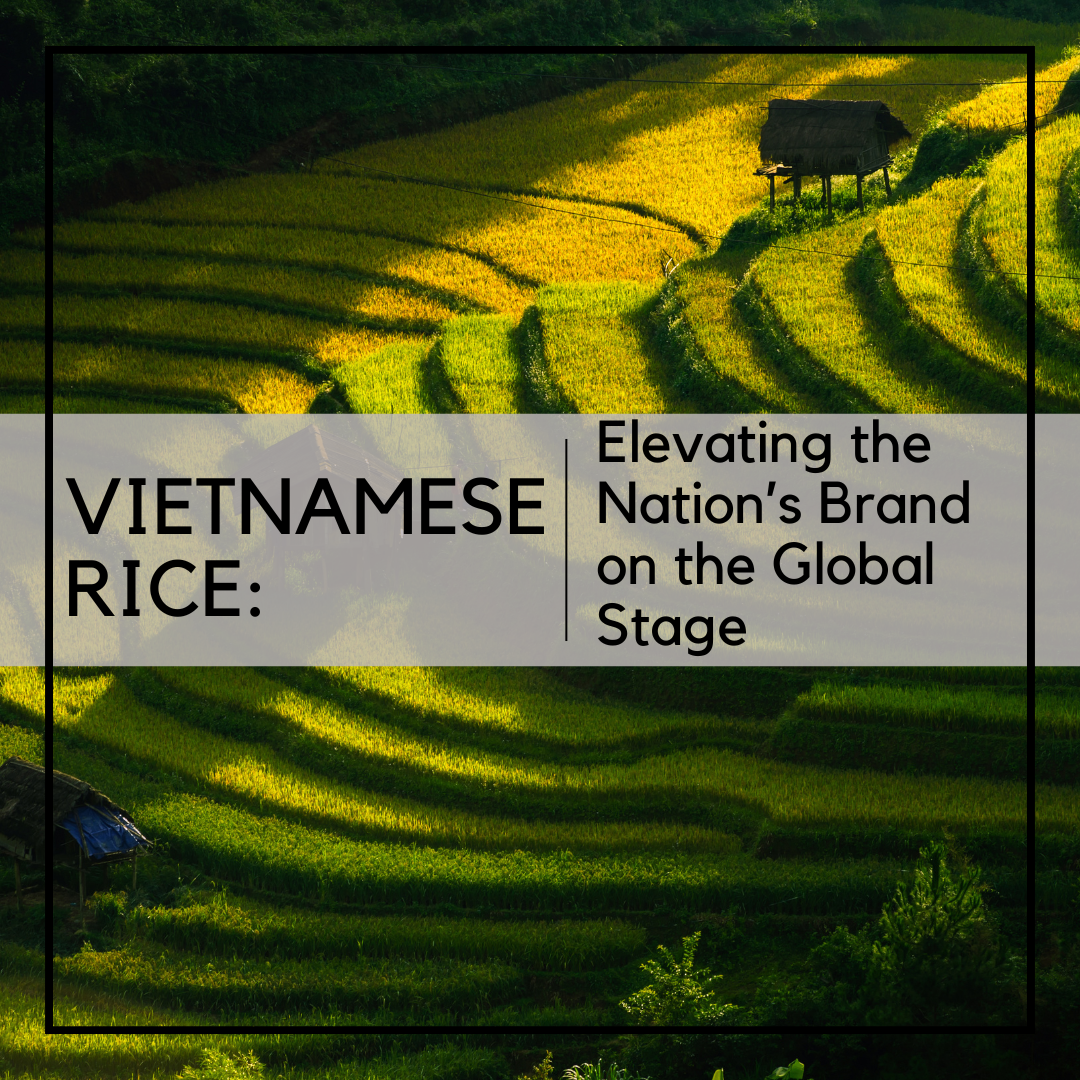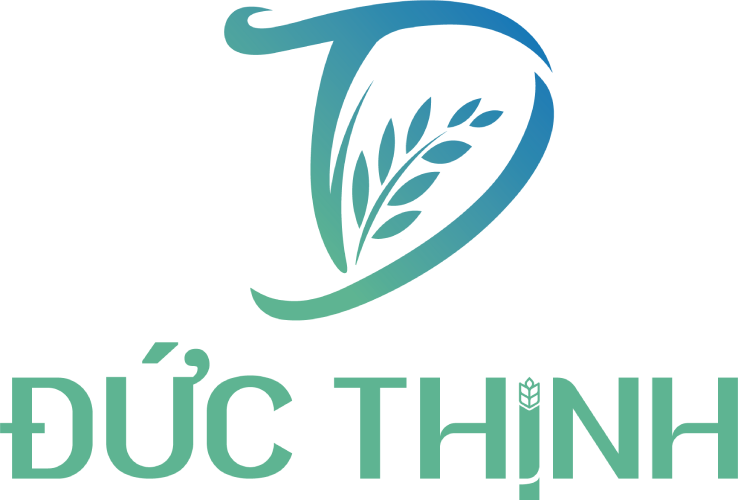The Trend of Organic Rice: A Big Opportunity for Vietnamese Rice

The Trend of Organic Rice Consumption: Opportunities for Vietnamese Rice
Introduction
Organic rice is not just a new consumer trend but also a significant opportunity for Vietnam’s rice industry to expand its presence in international markets. With growing demand from regions like Europe, the US, and Japan, investing in organic rice production not only brings economic value but also elevates the reputation of Vietnamese rice on the global stage.
1. The Trend of Organic Rice Consumption
1.1. Increasing Global Demand
- Health-Conscious Consumers: Organic rice, free from chemicals and pesticides, meets the need for clean and healthy eating.
- Key Markets: Developed countries such as the EU, US, and Australia lead the trend in organic rice consumption.
- Steady Growth: According to statistics, global demand for organic rice is expected to grow by more than 20% annually over the next decade.
1.2. Advantages of Organic Rice
- Free from harmful chemicals, ensuring consumer safety.
- Sustainable production processes that are environmentally friendly.
- High nutritional value, appealing to premium consumers.
2. Potential for Vietnamese Organic Rice
2.1. Ideal Production Conditions
- Vietnam benefits from natural advantages, fertile soil, and a suitable climate for organic rice production.
- Long-standing farming experience combined with modern techniques ensures high-quality organic rice.
2.2. Opportunities from Trade Agreements
- EVFTA (EU-Vietnam Free Trade Agreement): Reduces import taxes, expanding opportunities to export organic rice to Europe.
- RCEP (Regional Comprehensive Economic Partnership): Enhances competitiveness in Asian markets.
2.3. Meeting Global Trends
- International consumers are shifting towards sustainable and eco-friendly products, creating a promising market for Vietnamese organic rice.
3. Challenges in Organic Rice Production
3.1. High Production Costs
- Organic farming processes require more time and effort than traditional methods.
- Initial investments in organic fertilizers and international certifications are relatively high.
3.2. International Competition
- The organic rice market features strong players such as India, Thailand, and the US.
- Higher product prices compared to conventional rice require effective customer outreach strategies.
3.3. Complex Certification Processes
- To meet export standards, organic rice must be certified by international organizations such as USDA Organic, EU Organic, or JAS Organic.
- Strict inspection processes demand businesses ensure every stage, from production to packaging, complies with regulations.
4. Strategies to Develop Vietnamese Organic Rice
4.1. Improving Production Quality
- Apply modern technologies in cultivation, such as water-saving irrigation systems and microbial fertilizers.
- Train farmers in sustainable organic farming techniques.
4.2. Building an Organic Rice Brand
- Develop a brand story focused on natural origins, safety, and environmental sustainability.
- Strengthen marketing efforts in premium markets like Europe and the US.
4.3. Expanding Partnerships
- Connect with international distributors and certification organizations to ensure product credibility.
- Collaborate with large supermarket chains and e-commerce platforms to expand sales channels.
5. Conclusion
Vietnamese organic rice is at a significant turning point to assert its position in international markets. By improving quality, optimizing costs, and focusing on sustainability, Vietnam’s organic rice industry can meet the increasing demand of global consumers. This is not just a business opportunity but also an important step in developing sustainable agriculture in Vietnam.
